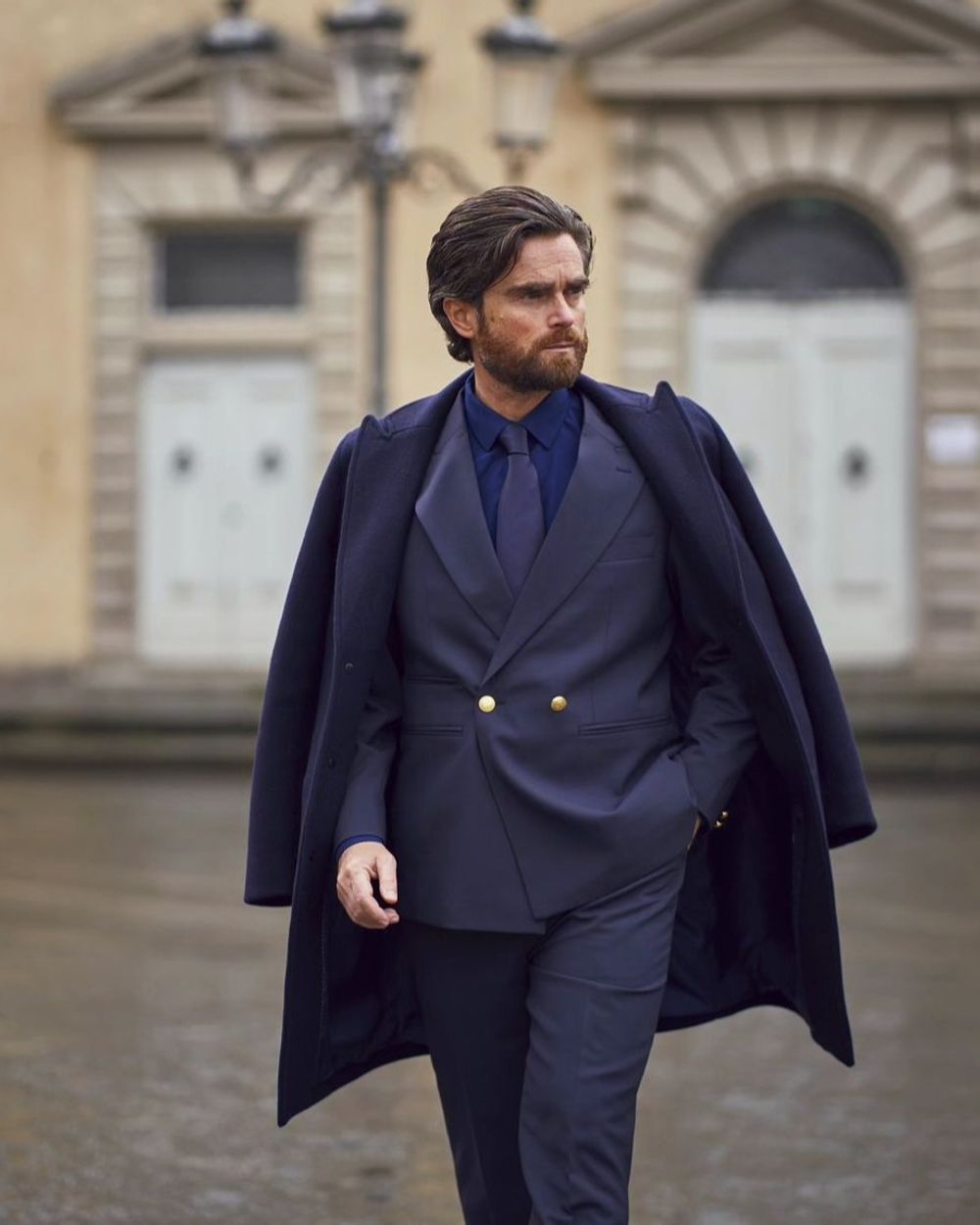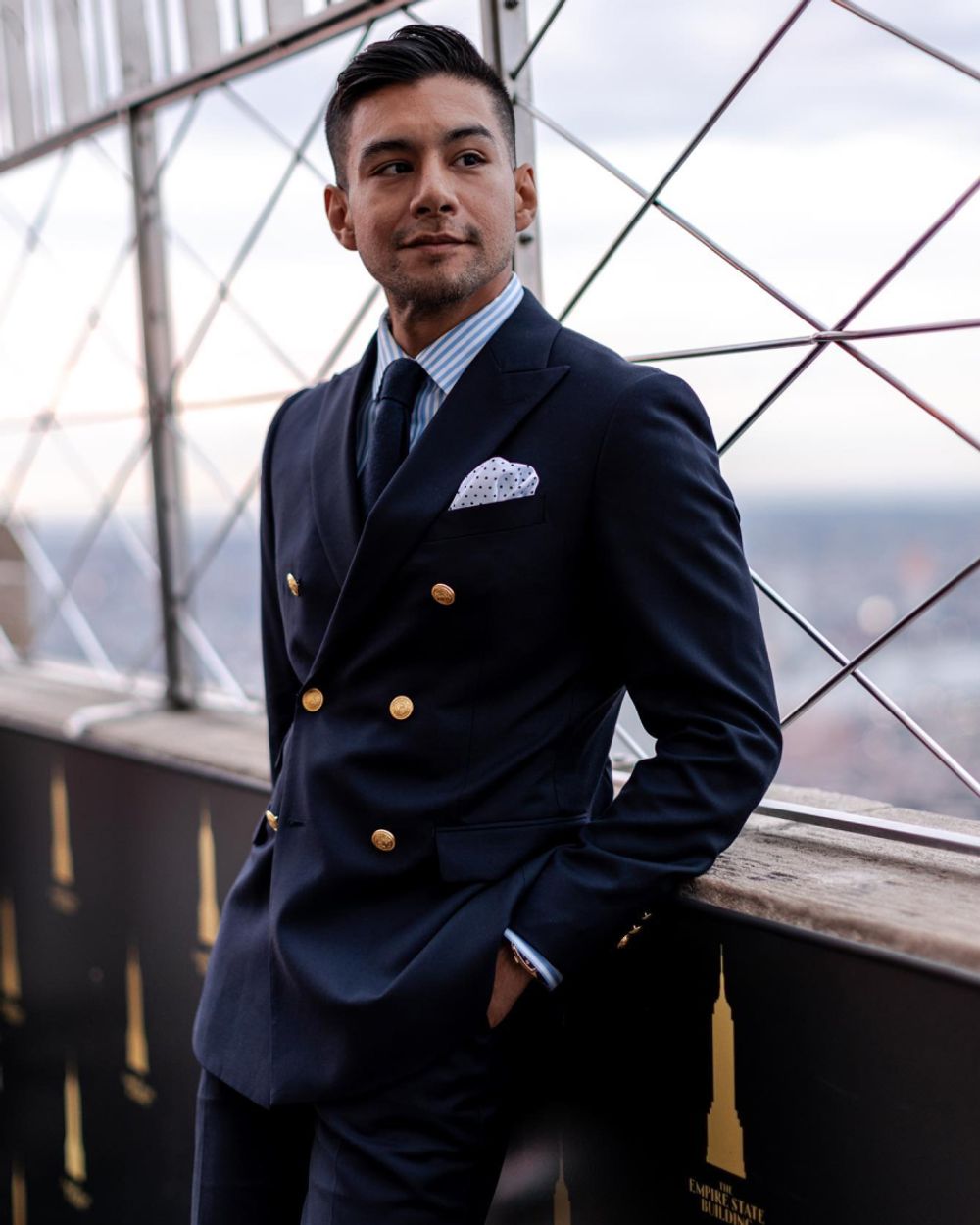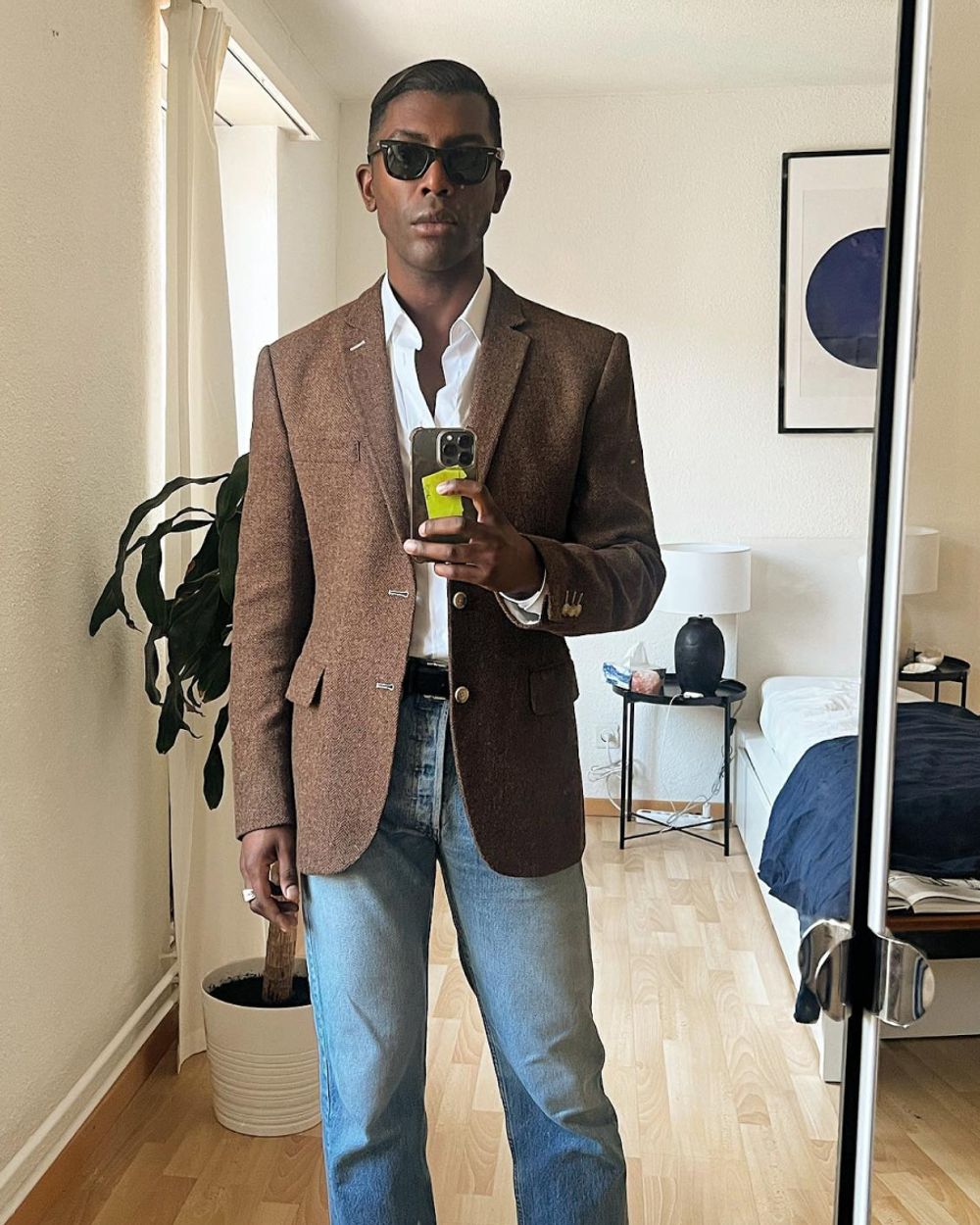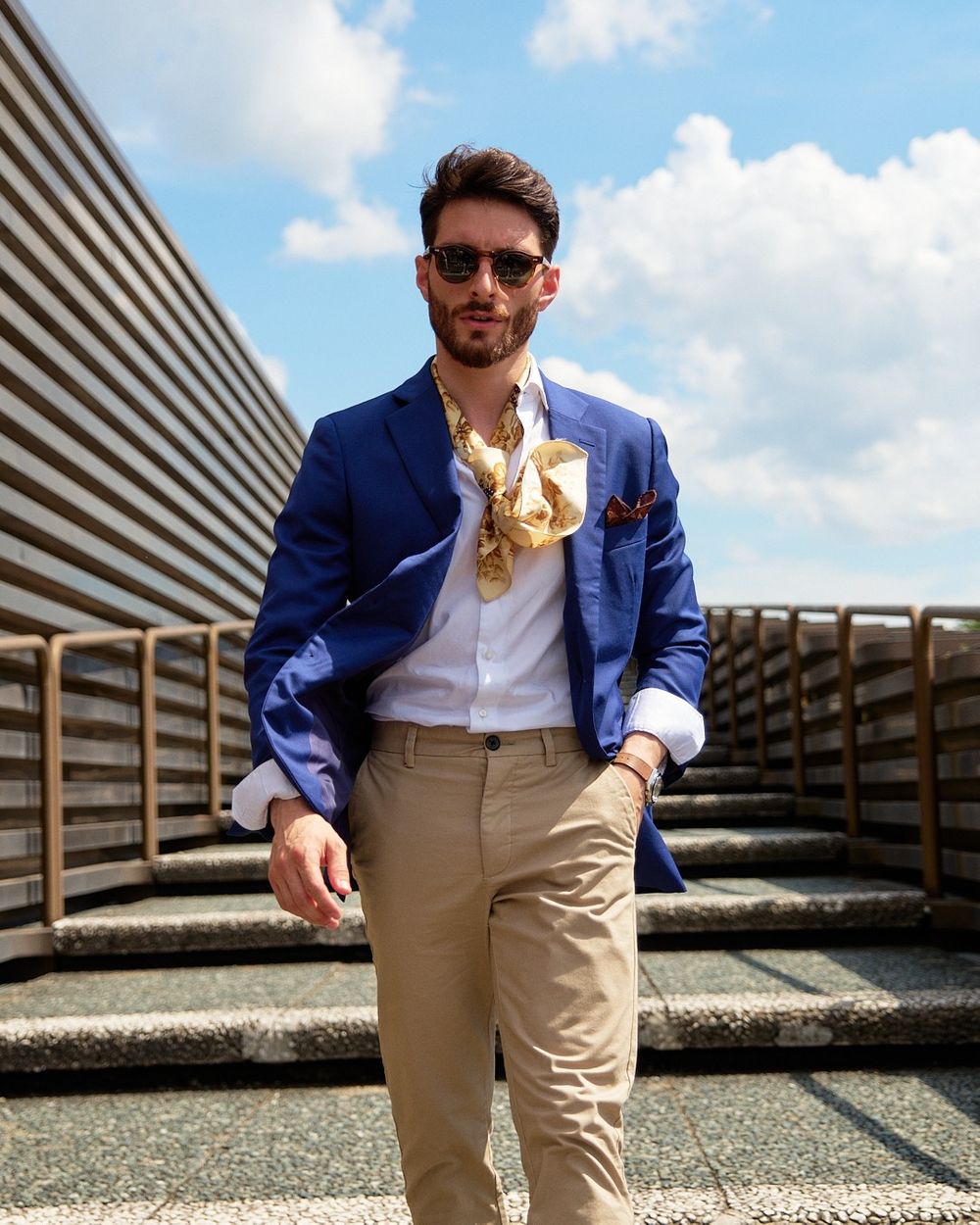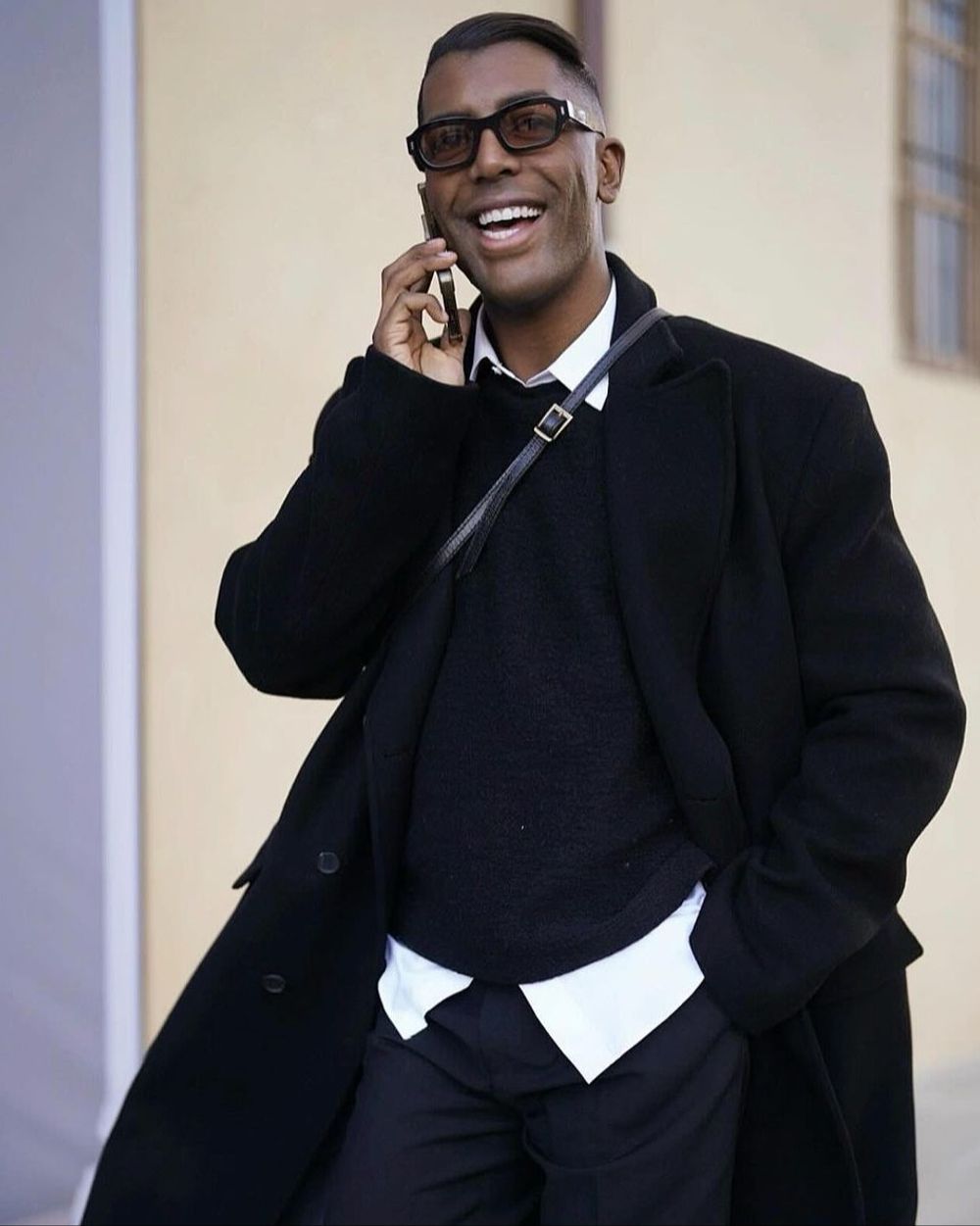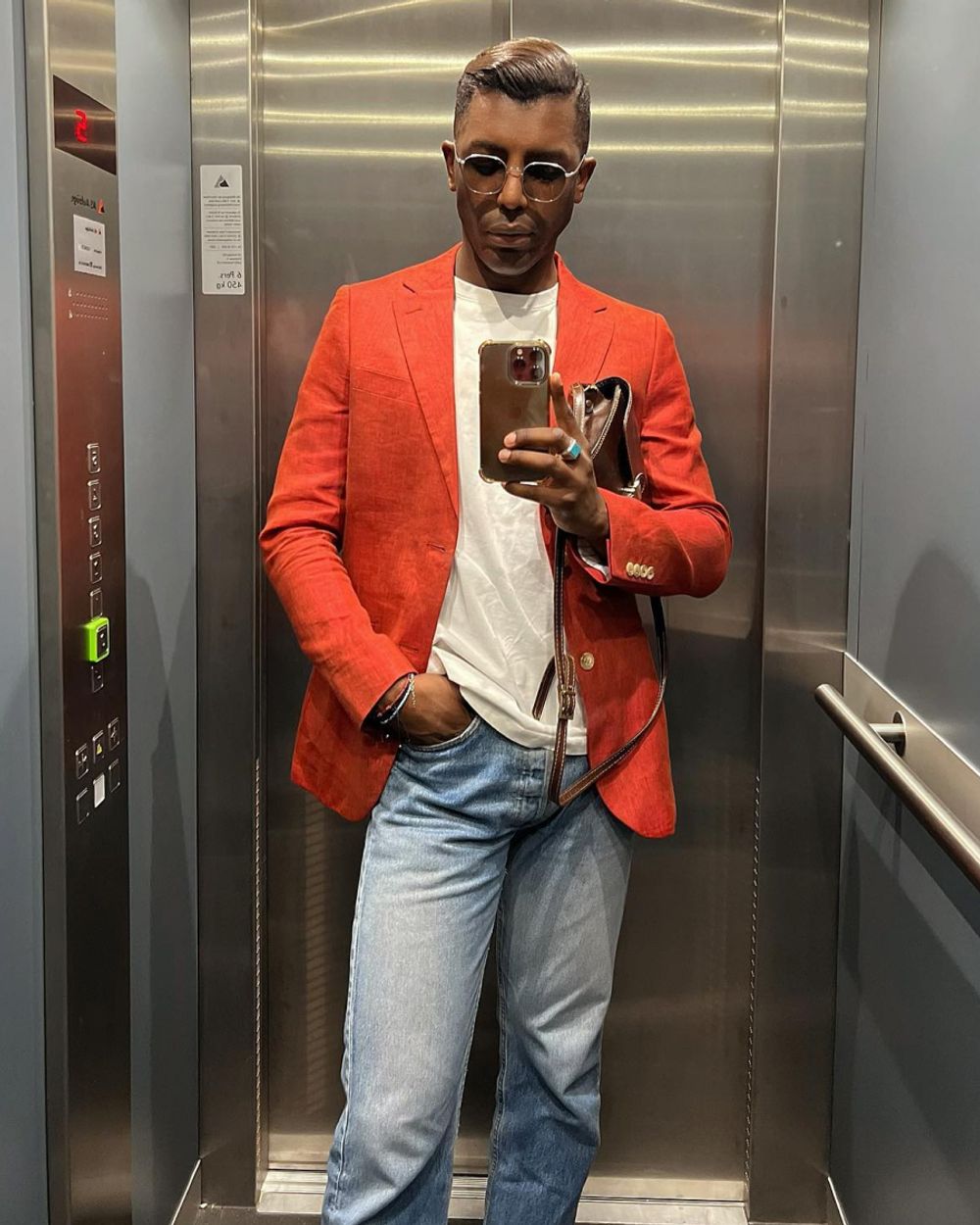It seems easy to answer the question “How to dress the way you and the people around feel comfortable?”. But it is actually not. Comfortable dressing means finding the right balance between physical comfort and showing respect to the people around you. If you just got an offer and join a new company soon, Hockerty introduces you to four dress codes that every office worker needs to know: Business Formal, Business Professional, Business Casual and Smart Casual.
Business Formal
For anyone navigating high-stakes professional environments, Business Formal attire is a must to present themselves with the utmost refinement and authority.
Understanding Business Formal Dress Code
Business Formal is the epitome of professional attire, demanding the highest level of formality and sophistication. This dress code is often seen in industries such as finance, law, and corporate sectors where maintaining a polished and authoritative appearance is crucial. Business Formal is characterized by its strict adherence to traditional styling, ensuring that individuals present themselves with the utmost professionalism.
In settings where the stakes are high and impressions matter, Business Formal attire is compulsory. It conveys respect, competence, and a deep understanding of professional decorum.
Essential Pieces of Business Formal Attire
To master the Business Formal look, certain key pieces are indispensable. A tailored suit is the cornerstone of this dress code. Opt for suits in classic colors and ensure they are well-fitted to enhance your silhouette and exude confidence. Accompany your suit with a crisp, white dress shirt, preferably with French cuffs to add a touch of sophistication.
The tie is another critical element; a silk tie can elevate your outfit, adding a layer of elegance. Formal shoes, such as black or brown leather oxfords or derbies, complete the ensemble, ensuring you look polished from head to toe. Each piece should work harmoniously to create a cohesive and refined appearance.
Design Your Shoes
Recommended Colors, Patterns and Fabrics
When selecting pieces for a Business Formal wardrobe, stick to classic colors such as navy, charcoal, and black for suits, which convey professionalism and authority. Shirts should be in white or light blue, providing a clean and crisp contrast to darker suits. While patterns should be kept minimal, subtle pinstripes or checks can add a sophisticated touch without overwhelming the formality of the attire.
Fabrics are equally important; high-quality wool or wool blends are ideal for suits as they offer both comfort and durability. For shirts, cotton is the preferred material due to its breathability and crisp appearance. Mixing and matching these elements thoughtfully can result in versatile and stylish Business Formal outfits that stand up to the rigors of professional life.
Best Occasions for Business Formal
Business Formal attire is called for in settings where making a strong professional impression is essential. This dress code is expected at:
- Board meetings: Presenting oneself with authority and respect can influence important decisions.
- Executive presentations: Appearing polished and put-together can enhance your credibility and help communicate your message effectively.
- High-profile client meetings: Demonstrating your professionalism and competence can build trust and foster positive relationships.

By dressing appropriately for these critical situations, you signal your commitment to excellence and your readiness to handle significant responsibilities with poise and confidence.
Business Professional
As a blend of formality and flexibility, Business Professional offers a polished and competent appearance in various professional settings.
Understanding Business Professional Dress Code
Business Professional strikes a balance between the high formality of Business Formal and the relaxed nature of Business Casual. It allows for some personal expression while maintaining a varnish and professional look.
This dress code is ideal for industries that value a professional appearance but do not require the full formality of a suit and tie every day. It's perfect for environments where you want to be seen as competent and reliable without being overly formal. Business Professional is adaptable and can be tailored to reflect personal style while still adhering to professional standards.
Essential Pieces of Business Professional Attire
To nail the Business Professional look, start with a well-fitted tailored suit in versatile neutral colors that convey professionalism. Pair your suit with a classic button-up shirt. To showcase your personality, understated patterned shirts would be a great choice, without compromising formality.
While a tie is required in Business Formal, it is optional in Business Professional attire. Hence, wearing a solid-color one can enhance your look for important meetings or presentations. Complete your outfit with polished shoes, including leather oxfords or loafers. These elements together create a cohesive, professional appearance that exudes confidence and competence.
Recommended Colors, Patterns and Fabrics
To maintain a polished yet slightly relaxed appearance, your suit hues should be traditional navy, charcoal, medium grey, etc, providing a sophisticated yet approachable aesthetic. Introduce earth tones such as olive green and deep brown to add richness and warmth to your ensemble.
 |
 |
For shirts, while classic whites and black are timeless, consider incorporating soft pastels and muted jewel tones like burgundy or forest green. When it comes to patterns, pinstripes, micro-checks, and herringbone designs give a refined vibe that complements the overall look.
 |
 |
Similar to Business Formal, opt for suits crafted from lightweight wool or wool blends and cotton shirts. During colder months, incorporating textured fabrics like tweed or flannel can keep you warm while enhancing the seasonal flair of your Business Professional collection.
Best Occasions for Business Professional
Business Professional attire is appropriate for various professional settings where presenting with a vanished and competent look is important. This dress code is particularly suitable for:
- Client meetings: Demonstrating professionalism and reliability helps build trust and rapport.
- Office environments: A professional appearance in the workplace reflects a commitment to your role and responsibilities.
- Business luncheons: Presenting yourself well can make a positive impression on colleagues and clients alike.

Dressing Business Professional outfits in the right events show respect for your work environment and the people you interact with. Also, it improves your professional image and boosts your confidence.
Business Casual
Navigating the world of Business Casual can be an enjoyable journey, combining comfort with style. For this dress code, the key is to master its relaxed formality and versatility.
Understanding Business Casual Dress Code
Business Casual represents a middle ground between the formality of traditional office wear and the comfort of casual attire. It's a style that allows for personal expression while keeping a professional appearance. This dress code is less rigid than Business Formal or Business Professional, making it suitable for a variety of settings, not only for work, where a polished yet relaxed look is desired. Think of it as the sweet spot where style meets comfort.
Essential Pieces of Business Casual Attire
When it comes to Business Casual, the goal is to balance casual elements and elegant pieces of clothes. Begin with a well-fitted pair of chinos or dark jeans, which serve as the foundation of this dress code. Mix and match these with a casual dress shirt; options like oxford shirts or polo shirts work perfectly.
Although a blazer is optional, it is worth investing to highlight the sophistication when needed. Additionally, sweaters or cardigans can bring warmth and style to your ensemble during cooler days.
Recommended Colors, Patterns and Fabrics
In the realm of Business Casual, colors and patterns offer a playground for creativity. Look for a basic palette that includes neutrals like navy, grey, and beige. You can also experiment with richer tones such as burgundy, olive, and mustard for a bit of flair. Patterns like plaids, stripes, and subtle checks can introduce visual interest without overwhelming the look.
When considering fabrics, comfort is paramount. Cotton and cotton blends are always excellent choices for their breathability and ease of maintenance. For a more polished appearance, have a look at twill or chino fabrics. Integrating wool or cashmere sweaters can add both warmth and texture to your outfit.
 |
 |
Best Occasions for Business Casual
Business Casual attire is perfect for a range of settings where a balance of professionalism and comfort is needed:
- Casual Fridays: Many offices adopt a more relaxed dress code on Fridays, making it the ideal day to sport your Business Casual attire.
- Informal Office Days: For days when formal meetings are not scheduled, Business Casual provides a comfortable yet professional option.
- Client Meetings in Creative Fields: When meeting clients in industries like advertising, design, or tech, Business Casual can convey creativity and approachability.
- Team Outings and Office Events: Dress comfortably for team-building activities or office parties while still looking put-together.
- Remote Work Days: If you’re working from a café or coworking space, Business Casual strikes the right balance between being relaxed and ready for a spontaneous video call.

Now, with the ultimate guide about Business Casual, you can confidently attend a variety of professional environments with an impressive look!
Smart Casual
Smart Casual represents a perfect balance between formal and relaxed styles, offering versatility and elegance. Let's dive into the specifics of this adaptable dress code.
Understanding Smart Casual
Smart Casual is a versatile style that bridges the gap between formal and casual wear, striking a balanced harmony between comfort and elegance. It’s less formal than business attire yet more polished than laid-back clothing, making it suitable for various settings. The main point is to mix refined items like shirts and blazers with relaxed pieces such as chinos, well-fitted jeans and sneakers.
 |
 |
Essential Pieces of Smart Casual
The foundation of Smart Casual lies in blending elegant elements with informal clothes. Key top pieces include button-down shirts and oxford shirts. Polo shirts are also ideal as they offer an approachable feeling. T-shirts can also make a sophisticated vibe when layered with a lightweight blazer. 
For trousers, chinos are the safest choice, offering incredible comfort and versatility, while tailored trousers in high-quality materials elevate your outfit. Slim-fit jeans fit with dark washes and are a modern alternative that maintains a sophisticated look. Choose footwear options like leather loafers, clean sneakers, and stylish boots to complete the look.
Recommended Colors, Patterns, and Fabrics
Smart Casual thrives on a palette of neutral and subtle tones. Grey, brown, navy, and pastels enhance a clean, relaxed yet elegant style. Subtle patterns can also be utilized for a Smart Casual look.
Mixing and matching colors should be done thoughtfully; pairing a navy blazer with beige chinos can create a timeless look. Opt for breathable fabrics such as cotton and linen for shirts, while trousers can be made of wool, cotton, or blends for comfort and durability.
Best Occasions for Smart Casual
Smart Casual attire fits seamlessly into numerous settings, offering a versatile approach to dressing up or down:
- Working at the office: Perfect for casual Fridays and creative work environments.
- Networking events and business lunches: Allows you to look approachable and well-dressed.
- Weekend brunches, gallery openings, or casual dinner parties: Showcases your style while remaining comfortable and chic.

Additionally, Smart Casual can be dressed daily on casual occasions such as outings and traveling with family and friends. Learn more at the Smart Casual Dress Code blog.
Styling Tips for Each Dress Code
As you already understand the very first principles of office attire, let's discover some styling tips to leverage the dress codes with ease and confidence!
Business Formal Styling Tips
Business Formal demands a sharp and polished look, where every detail counts. To maintain this level of elegance, focus on the fit of your clothing. Ensure your suits are tailored to perfection, with the jacket hugging your shoulders and the trousers breaking just right above your shoes. Quality fabrics like wool or cashmere can elevate your appearance significantly.
Accessories play a pivotal role in completing a perfect Business Formal outfit. Besides a must-have silk tie, make it different with a classic watch, sleek cufflinks.
Business Professional Styling Tips
Business Professional offers a bit more flexibility while still requiring polishment. Personalize your attire with subtle details. For instance, choose shirts with unique patterns like stripes or checks and pair them with tailored suits that allow for slight variations in colors and textures. A pocket square can showcase your personality without being too flashy.
In terms of accessories, leather belts, simple watches, and understated ties are items that reflect your style while maintaining professionalism. For seasonal transitions, incorporate layered pieces such as lightweight sweaters or vests under your blazer when the degree goes down. Breathable fabrics like cotton blends are ideal in warmer months.Business Casual Styling Tips
Balancing comfort with style is the main point in Business Casual dressing. Pair well-fitted chinos or jeans with casual dress shirts. These staples can be dressed up or down depending on the occasion. Adding a blazer or trench coat can instantly elevate your look for more formal settings without losing the casual vibe.
While Business Formal and Business Professional attire often stick to a more subdued palette, Business Casual allows for a bit more creativity. Don’t be afraid to try less subtle prints or muted, earthy tones and bolder hues, which still keep a professional look when you mix and match with classic pieces. This trendy approach ensures you look fashionable and appropriate for a variety of settings.
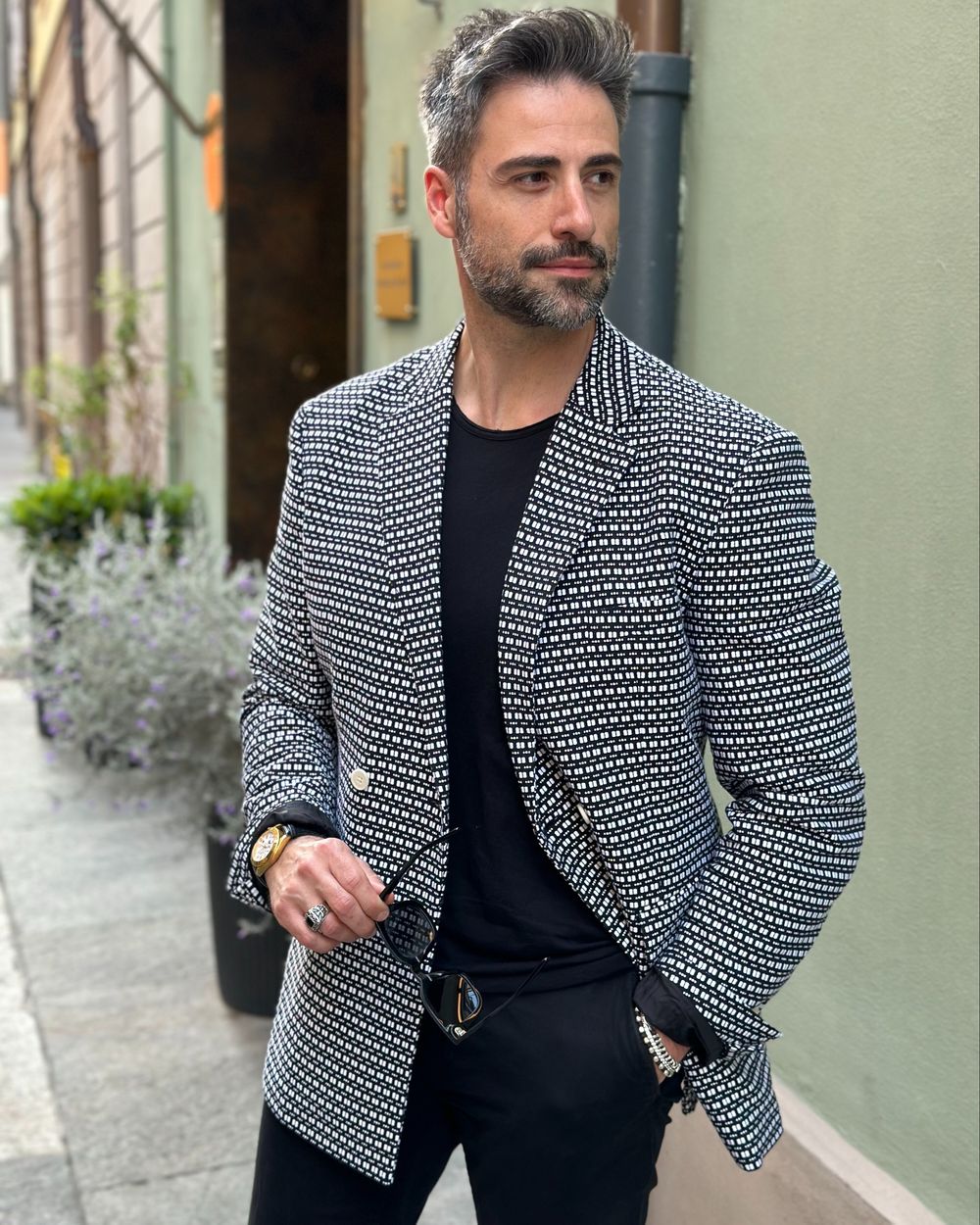


Smart Casual Styling Tips
Styling Smart Casual involves seamlessly blending elements of formality and comfort. Since it benefits greatly from layering, wear lightweight sweaters over brighter color button-down shirts or blazers over short-sleeved polos and white T-shirts. Mix textures like tweed jackets with cotton chinos or striped shirts with black jeans to add depth without overwhelming the look.
Of course, don’t forget accessories. Besides watches and belts, you can try having a simple bracelet. While sunglasses are a must for sunny days, wool or cashmere scarf provides warmth and sophistication in colder weather.
Remember that layering is ideal for winter, and choose breathable fabrics like cotton and linen for summer. This approach ensures you stay stylish and comfortable year-round.
Mixing and Matching for Versatility
Creating a cohesive closet that seamlessly blends pieces from different dress codes can maximize both your style and your budget. Check out several ways to achieve this:
- Invest in versatile pieces like a navy blazer, which can be dressed up with formal trousers or dressed down with jeans.
- Layer effectively. A well-fitted suit jacket or cardigan can transition a Business Casual outfit into Business Professional with ease.
- Stick to a cohesive color palette. Neutral tones can be mixed and matched easily.
- Choose multi-functional accessories. A quality leather belt or a classic watch can work across all dress codes.
- Prioritize quality over quantity. High-quality pieces not only last longer but also look better across different styles.

You can choose the dress code depending on the kind of office you are joining. If your company has strict regulations on how to dress. Fortunately, you will have little doubts after reading this post. If you are in a business with no clear dress code recommendations, take a look around the office, don't overdress, and try to make your attire help you succeed in your career.
Keep in mind that dressing appropriately for work is a powerful form of communication, reflecting your professionalism, attention to detail, and respect for colleagues and clients. Blend your unique style with the appropriate dress code to create a look that is both functional and fashionable, enhancing your credibility and empowering you to perform at your best!












































